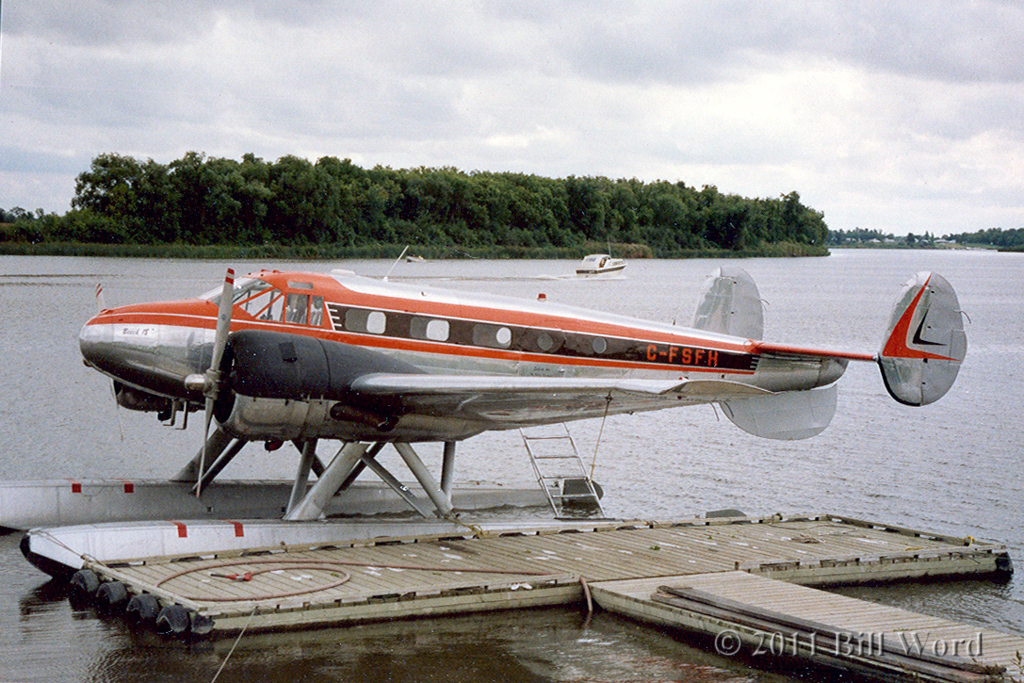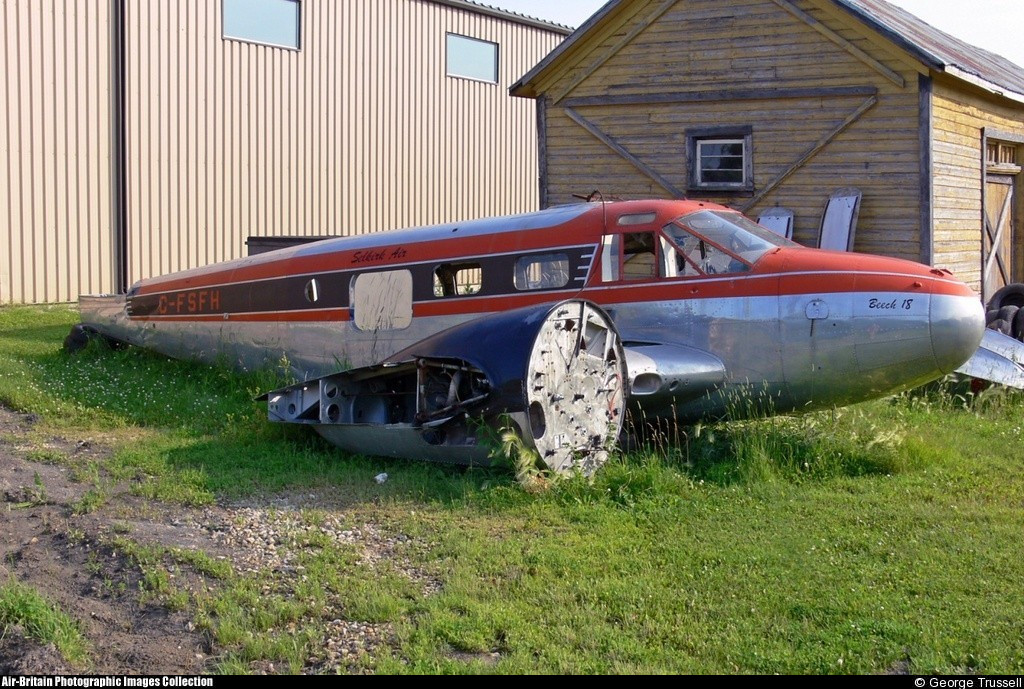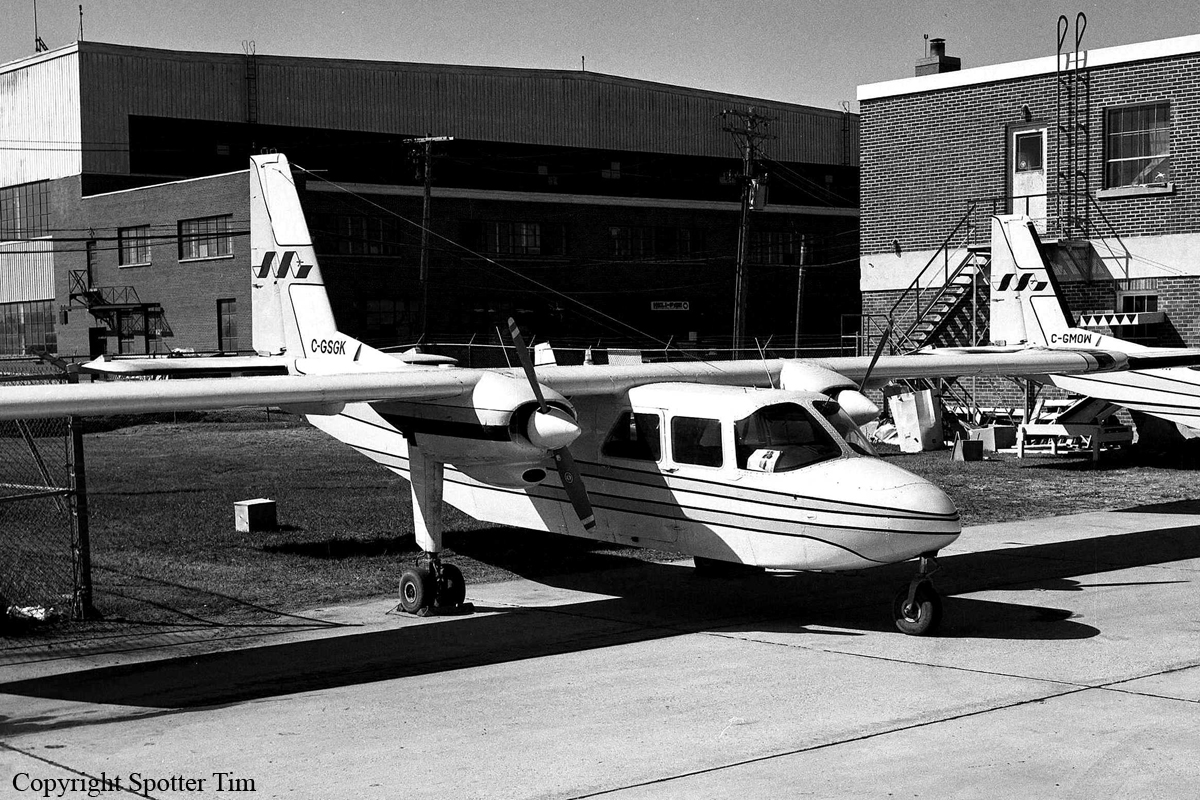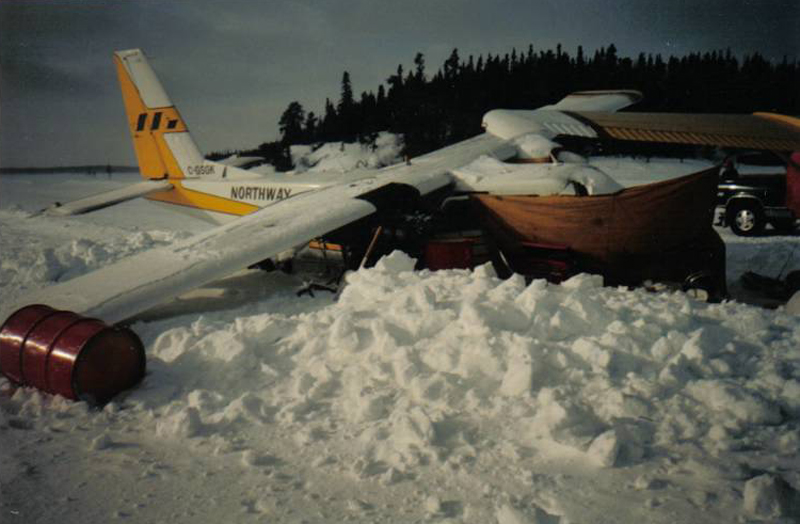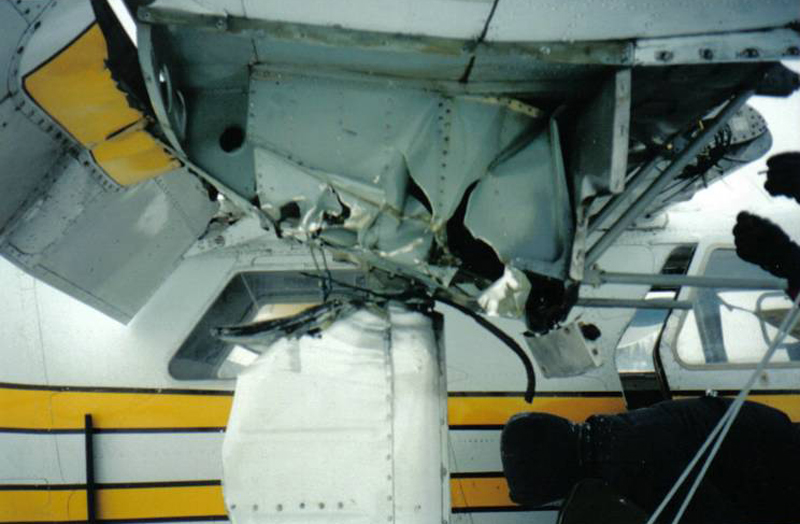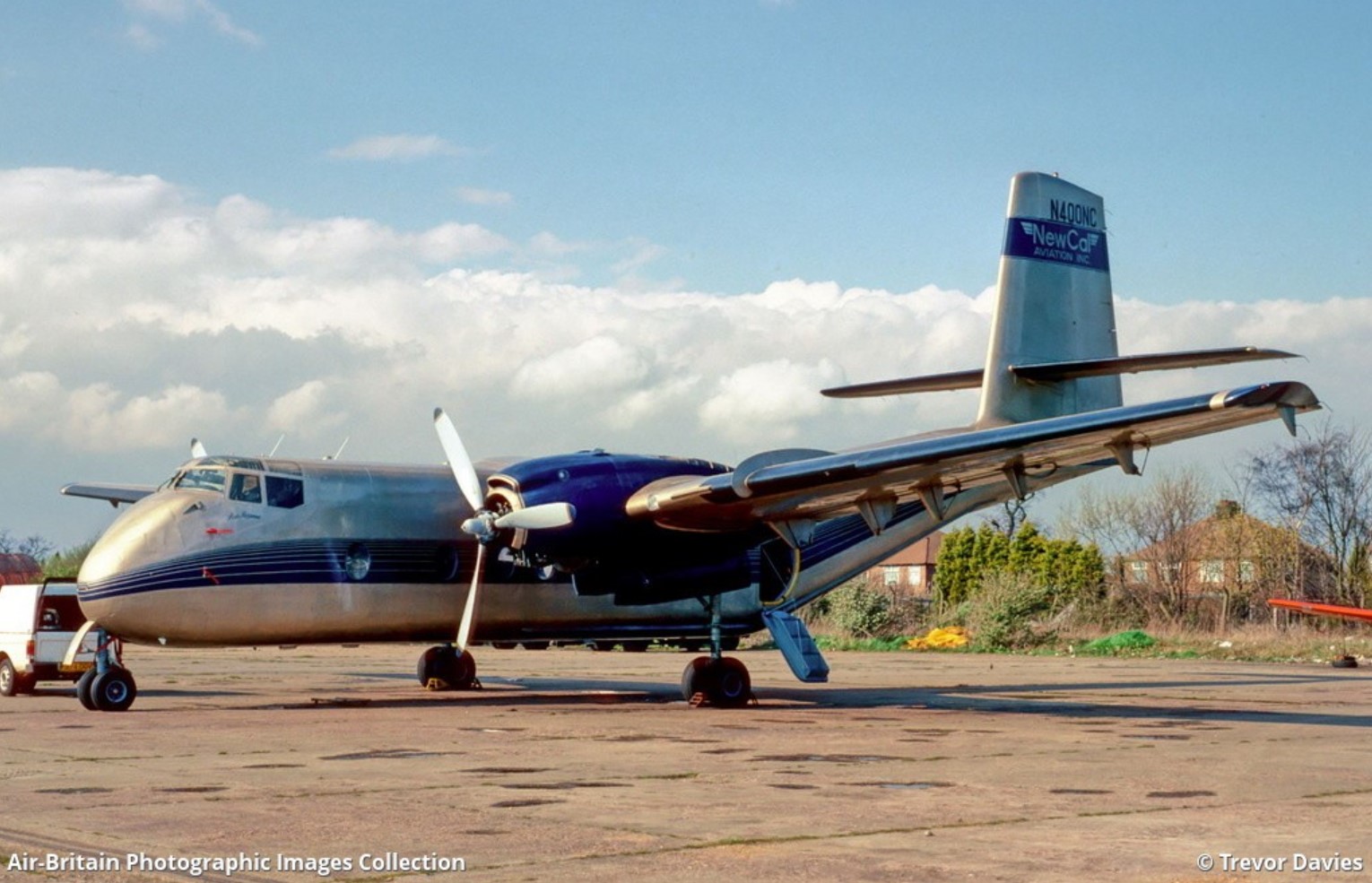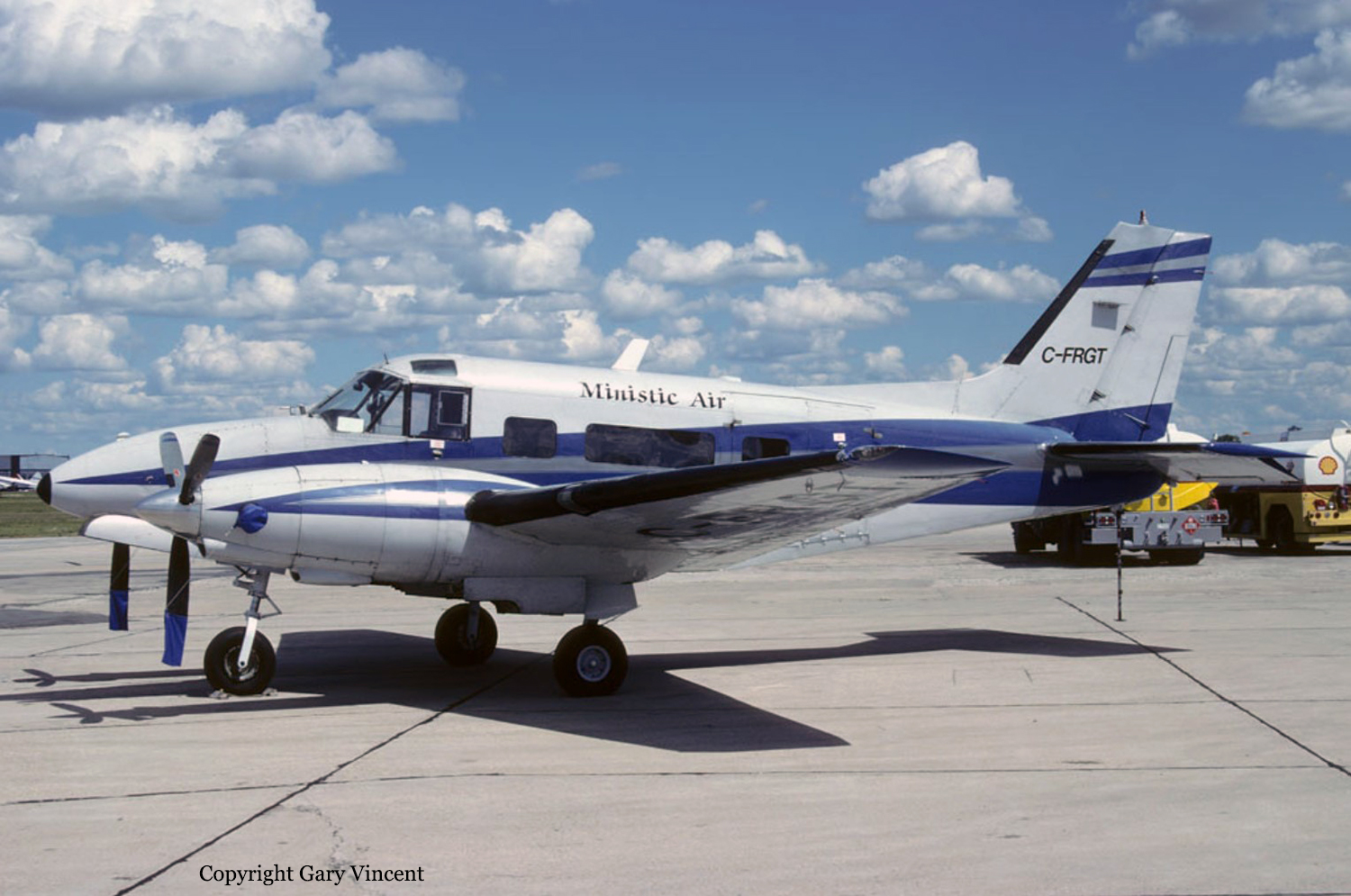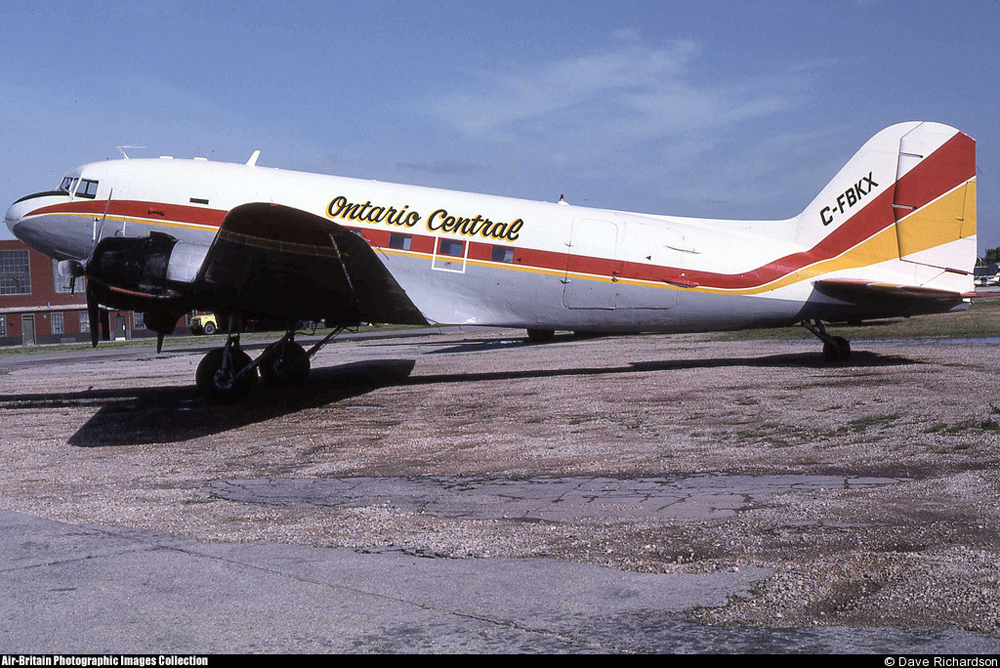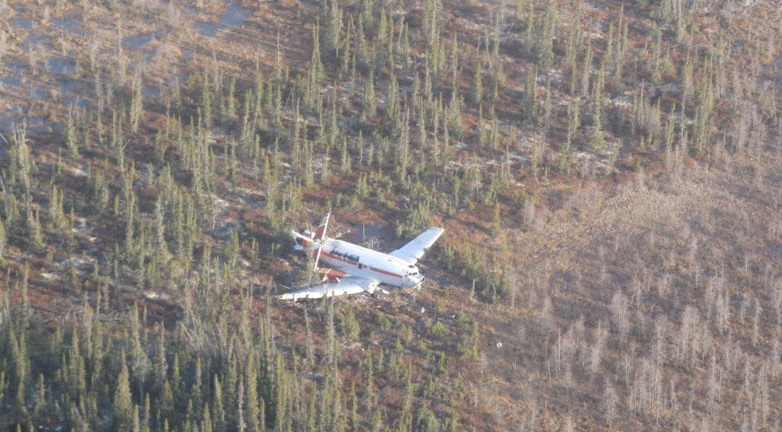Crash of a Swearingen SA226TC Metro II in Island Lake
Date & Time:
Nov 2, 1997 at 1257 LT
Registration:
C-FNKN
Survivors:
Yes
Schedule:
Winnipeg - Island Lake
MSN:
TC-296
YOM:
1979
Crew on board:
2
Crew fatalities:
Pax on board:
9
Pax fatalities:
Other fatalities:
Total fatalities:
0
Circumstances:
Following a firm touchdown on a gravel airstrip at Island Lake Airport, the crew heard a noise when the left wing dropped. Suspecting a left main gear failure, the captain initiated a go-around procedure and decided to divert to another airport with better facilities. Shortly later, the hydraulic pressure was lost and fuel quantity began to drop rapidly. The crew decided to return to land at Island Lake. Upon touchdown, the left main gear collapsed and the aircraft veered off runway to the left before coming to rest. All 11 occupants escaped uninjured while the aircraft was damaged beyond repair. slid off the runway. The pilot reported a very strong cross wind and that he touched down with crab.
Probable cause:
The left main gear drag links may have failed in overload.


